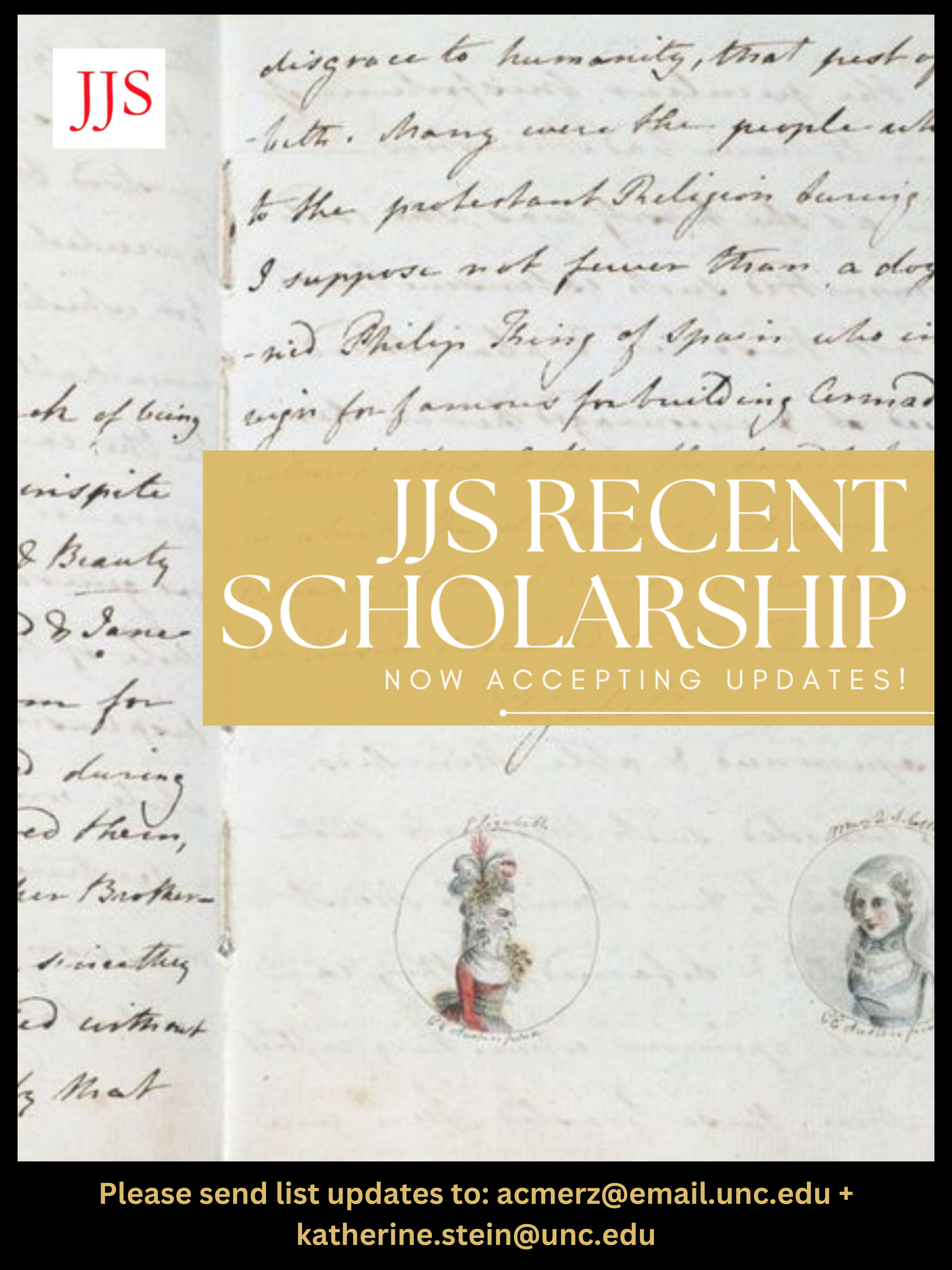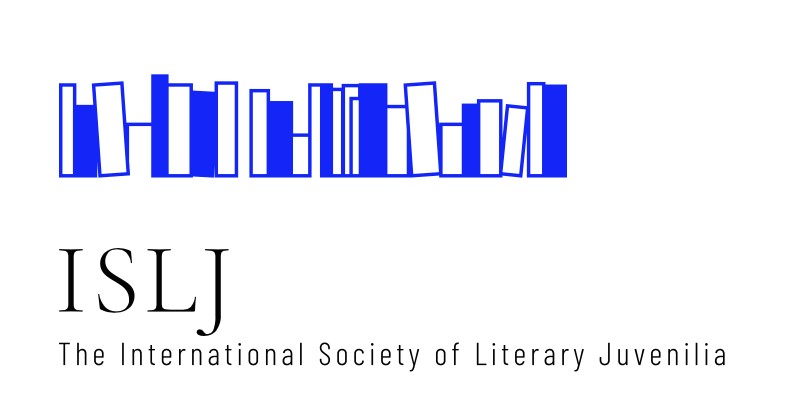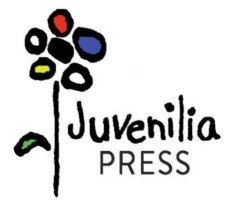Jane Austen's Youthful Art of Anticlimax
DOI:
https://doi.org/10.29173/jjs122Keywords:
Jane Austen, juvenilia, eighteenth-century British literatureAbstract
Jane Austen wrote three volumes of juvenilia, entitled Volume the First, Volume the Second, and Volume the Third. Most scholars agree that they were written between the ages of eleven and eighteen (1787-1783). These stories are hilarious and outrageous, particularly considering the understated decorum of her later novels. It is true, as Margaret Anne Doody claims, that these youthful writings “point in directions in which their author was later not permitted to go” (Doody, 103). Yet in many ways, these teenage writings nonetheless proleptically define her taste and mission in her mature works. This essay focuses on one aspect of her style in these teenage writings, as well as its afterlife in her later writings. In considering her use of anticlimax, this essay also suggests the ways in which this particular stylistic device or figure of speech shapes Austen's greater mission and strategy as a novelist, suggesting continuity rather than discontinuity between the teenage writer and the mature author. In fact, the use of anticlimax is directly related to the critical disputes over Austen’s endings and whether or not she is impatient with conclusions in general.
References
Austen, Jane. Juvenilia. Edited by Peter Sabor. Cambridge UP, 2006. The Cambridge Edition of the Works of Jane Austen,vol.1.
Austen, Jane. Mansfield Park. Edited by John Wiltshire, Cambridge UP, 2005. The Cambridge Edition of the Works of Jane Austen, volume 5.
Austen, Jane. Persuasion. Edited by Janet Todd and A. Blank, Cambridge UP, 2006. The Cambridge Edition of the Works of Jane Austen, volume 7.
Austen, Jane. Pride and Prejudice. Edited by Pat Rogers, Cambridge UP, 2006. The Cambridge Edition of the Works of Jane Austen, volume 4.
Austen, Jane. Sense and Sensibility. Edited by Edward Copeland, Cambridge UP, 2006. The Cambridge Edition of the Works of Jane Austen, volume 3.
Brodey, Inger. Jane Austen and the Price of Happiness. Johns Hopkins UP, 2024.
Brodey, Inger. “Making Sense of Sensibility.” Persuasions: The Jane Austen Journal, volume 39, 2015, pp. 62–80.
Johnson, Samuel. “Singular.” A Dictionary of the English Language. 1755, 1773. Edited by Beth Rapp Young, Jack Lynch, William Dorner, Amy Larner Giroux, Carmen Faye Mathes, and Abigail Moreshead, 2021. https://johnsonsdictionaryonline.com.
Doody, Margaret Anne. “Jane Austen, That Disconcerting ‘child.’” The Child Writer from Austen to Woolf, edited by Christine Alexander and Juliet McMaster, Cambridge UP, 2005, pp.101–21.
McMaster, Juliet. Jane Austen, Young Author. Routledge, 2016.
Montaigne, Michel Eyquemde. “De L’Expérience.” Les Essais, volume 3, chapter 13. The Montaigne Project, edited by P.Villey and V.-L. Saulnier, online edition by P. Desan, University of Chicago. https://www.lib.uchicago.edu/efts/ARTFL/projects/montaigne/para.html.
Pope, Alexander, and William Warburton. The Works of Alexander Pope: Esq., with His Last Corrections, Additions, And Improvements; As They Were Delivered to the Editor a Little before His Death; Together With the Commentaries And Notes of Mr. Warburton. London: J. and P. Knapton, H. Lintot, J. and R. Tonson, and S. Draper, 1751.
Sabor, Peter. “South Wall.” Reading with Austen. https://www.readingwithausten.com/south-wall-left.html?book-id=586#bookID-586.
Scriblerus, Martinus [Alexander Pope, Jonathan Swift, John Gay, and John Arbuthnot]. “Peri Bathous: On the Art of Sinking in Poetry.” Pope and Warburton, Works, volume 6, pp. 196–270.
Toner, Anne. Jane Austen’s Style: Narrative Economy and the Novel’s Growth. Cambridge UP, 2020.
Downloads
Published
Issue
Section
License
The Creative Commons Attribution-Noncommercial-No Derivatives 4.0 International license applies to all works published by the Journal of Juvenilia Studies and authors retain copyright of their work.
![]()



.jpg)
 Dedicated to the discussion and promotion of literary works by young writers
Dedicated to the discussion and promotion of literary works by young writers

